TechSpot Best of IFA 2018
Once again, the tech industry descended on Berlin with an overwhelming number of gadgets. As hundreds of exhibitors were spread across thousands of square feet of space, finding the show's highlight products wasn't easy. But we spent days trawling through IFA to discover the best it had to offer.
Samsung Q900R Series
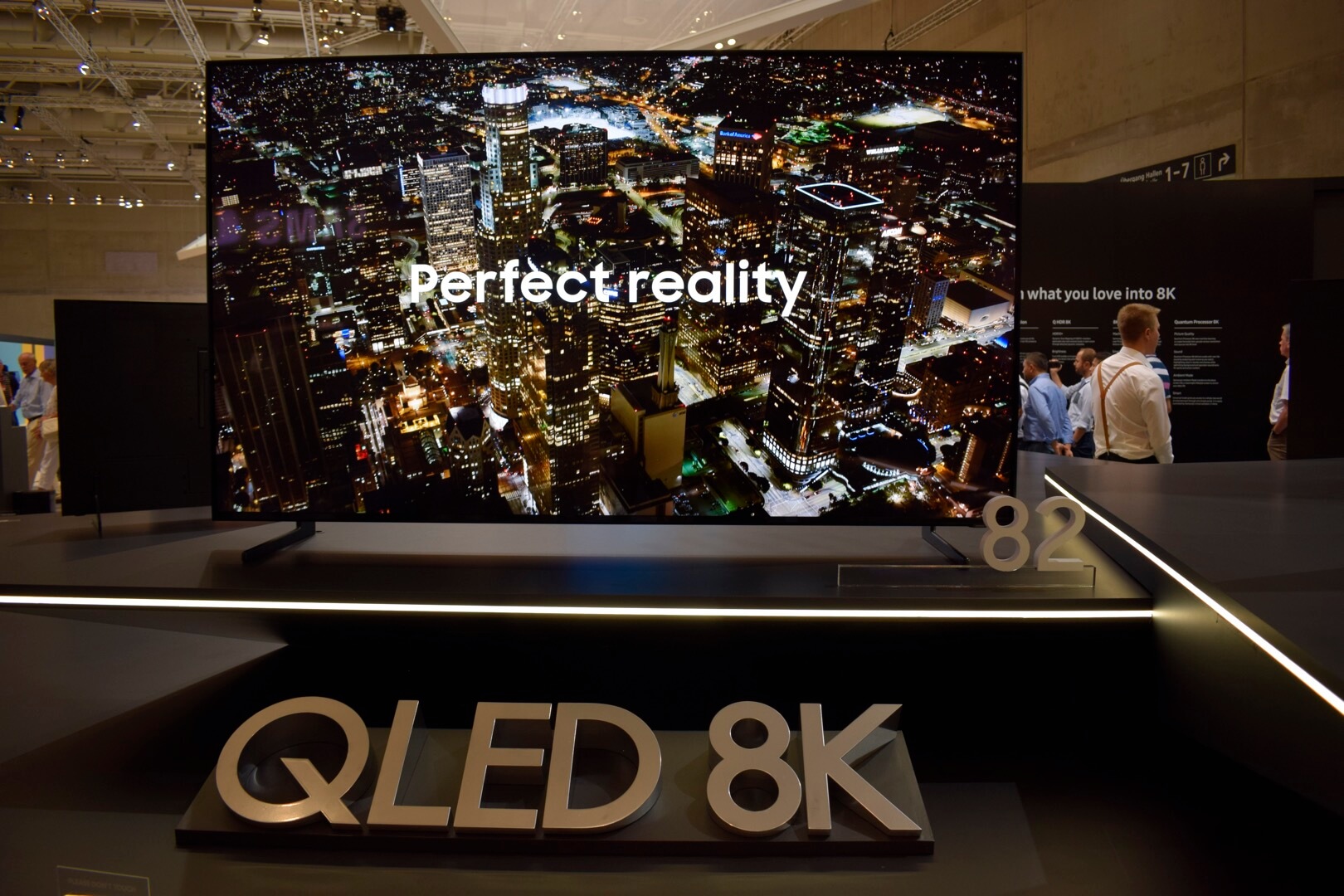
It wasn't even that long ago when 4K was touted as the next big thing, but at this year's IFA, 8K televisions were a massive talking point. LG, Sony, and Sharp all had products on show that boasted this incredibly high resolution, and they looked spectacular, but Samsung's Q900R series was something truly special
Not only does this QLED television offer 16 times the number of pixels found in a standard HD TV, but it's also got an incredible 4000 nit peak brightness. You get the latest HDR10+ format, and thanks to the Q900R's Quantum Processor 8K, its AI and machine learning smarts can upscale content without the usual jagged edges and noise associated with this technique.

Buyers will also get improved sound, automatic mode detection (including for gaming), and Samsung's very cool ambient mode, which, when the TV isn't being used, shows information such as news headlines, your photos, and patterns that match the background wall.
The vivid colors, sharpness, and details on the TV are breathtaking. It often felt like I was looking through a window at the real world, rather than staring at a television. Yes, we don't have 8K content yet, which is why Samsung is pushing the upscaling features, but you'll be fast-forwarding to a piece of the future with what is an amazing product. The biggest caveat, though, will likely be the price. With 65, 75, and 85-inch models being released in some markets at the end of September, expect a five-figure sum for the largest version - if not all three.
Razer Kraken Tournament Edition
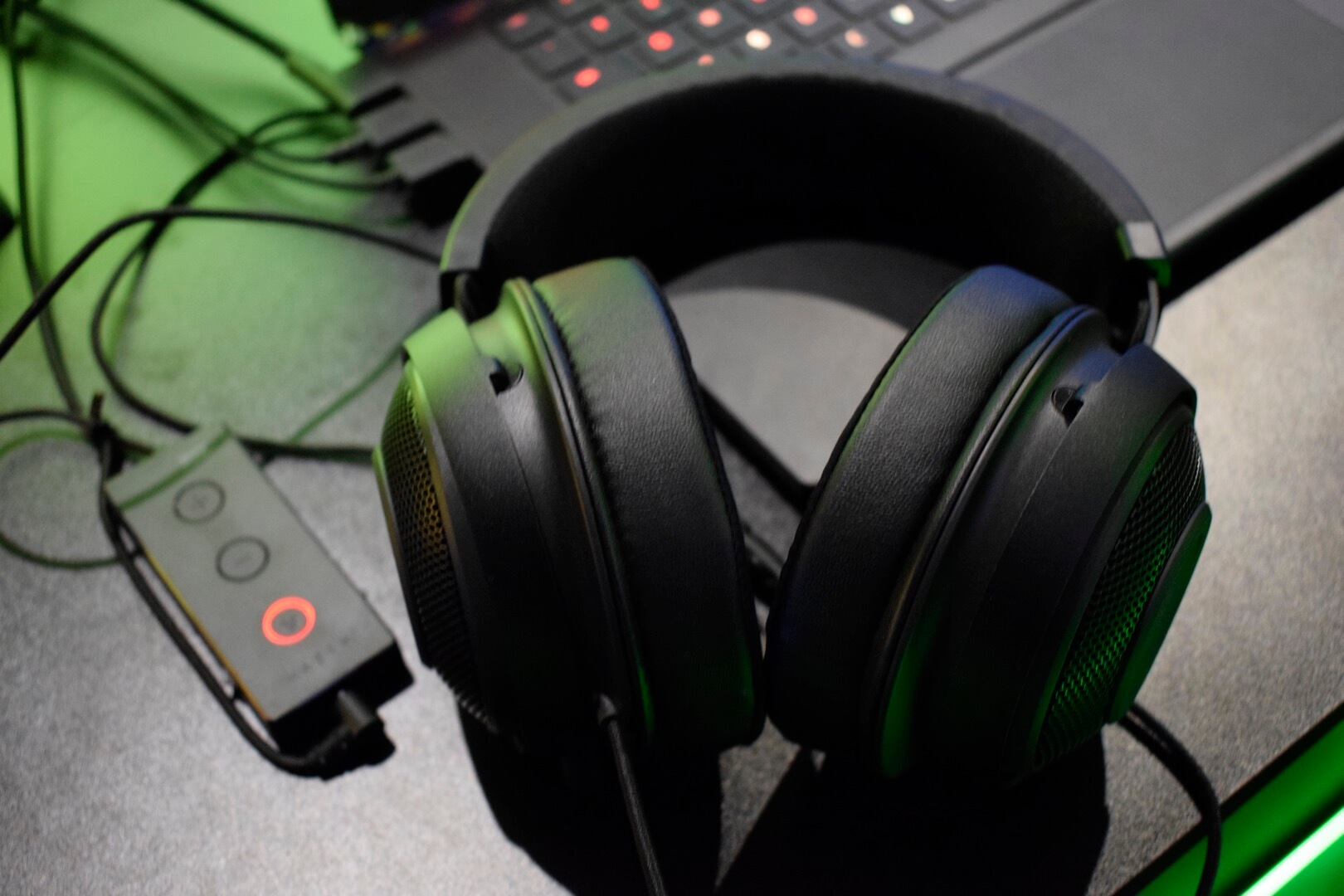
Razer unveiled three new gaming peripherals at IFA, all of which impressed: the BlackWidow Elite Keyboard, the Mamba Wireless Mouse, and the Kraken Tournament Edition. But it was the company's updated headset that was the best of the bunch.
The headset's flagship feature is its THX spatial audio - a result of Razer's acquisition of the famous audio company back in 2016. While many headsets offer some form of virtual surround sound, it doesn't always work as well as claimed. With the Tournament Edition's object and scene-based audio, however, it was possible to pinpoint perfectly where the sounds were coming from - something that could make the device popular with FPS fans.
Comfort is an important issue with any headset, especially as they're usually worn for long periods. Razer has filled the Kraken's covers with cooling gel, which makes them feel especially nice on the ears. And even on my own unusually large cranium, it felt comfortable and light.
Other features include custom-tuned 50mm drivers, a USB dongle that the headphones connect to using a USB jack, balance control for gaming audio/chat, and a bass controller. While you might expect it to cost more than the Kraken 7.1 V2, the Tournament Edition will retain the same $99 price point when released later this month.
Lenovo Yoga Book C930
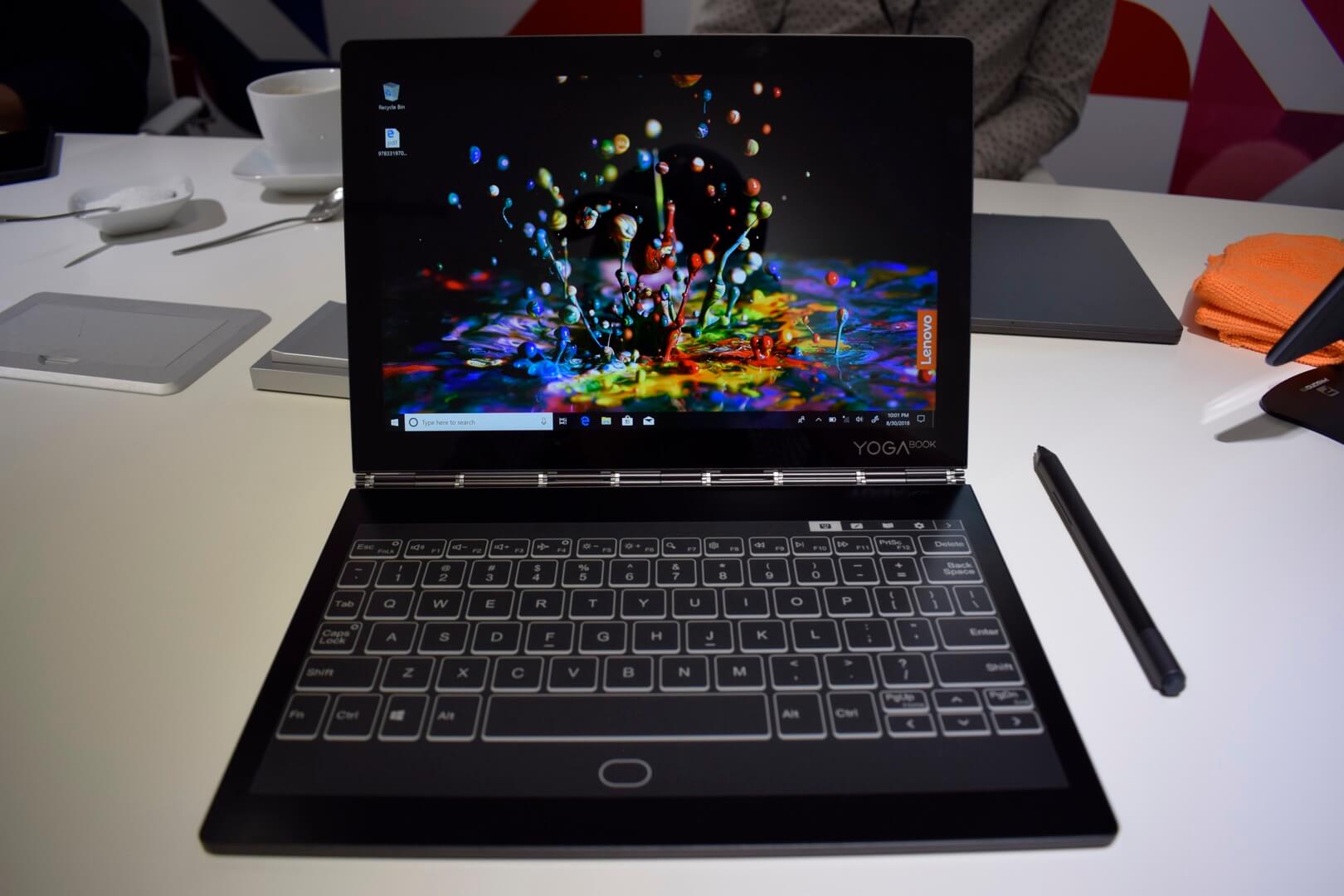
When Lenovo launched the Yoga Book at IFA 2016, many people, myself included, went away impressed. But the company admits that some of its features weren't perfect and could have been slightly too niche. With the Book C930, Lenovo has addressed these issues and come up with something that may prove very popular among those looking for a travel laptop.
The biggest change is the switch from the Halo keyboard to a secondary, E-ink display. Having used both devices, I found the new version to be a big improvement, thanks partly to its customizable haptic feedback and sounds. It will still take a bit of getting used to and isn't quite on par with using a physical keyboard, though, but it's still an innovative feature - an especially nice touch is how tapping the small oval shape at the bottom expands it into a trackpad. Additionally, the AI can learn your typing style and should eventually know the keys you meant to hit, should you miss the target.
Another difference between this device and its predecessor is that the C930 is Windows only, rather than offering either Microsoft's and Android's operating system as an option. It comes with a 7th-gen Core-i5 or Core M CPU, and the main 10.8-inch display is 2560x1600, while the E-ink panel is Full HD. As the Yoga Book flips over, it can be used like a Kindle, while the included stylus works on either display. There's even a brilliant "knock to open" feature that pops the Yoga Book open when it detects a double tap on the lid.
The C930 is undeniably unique, and its small size (9.9mm thick), weight, multiple functions, and optional LTE connectivity helped it become one of the most talked about products at IFA. We'll see if it can justify its $999 price when it starts shipping in October.
Sony WH-1000XM3 Noise Canceling Headphones
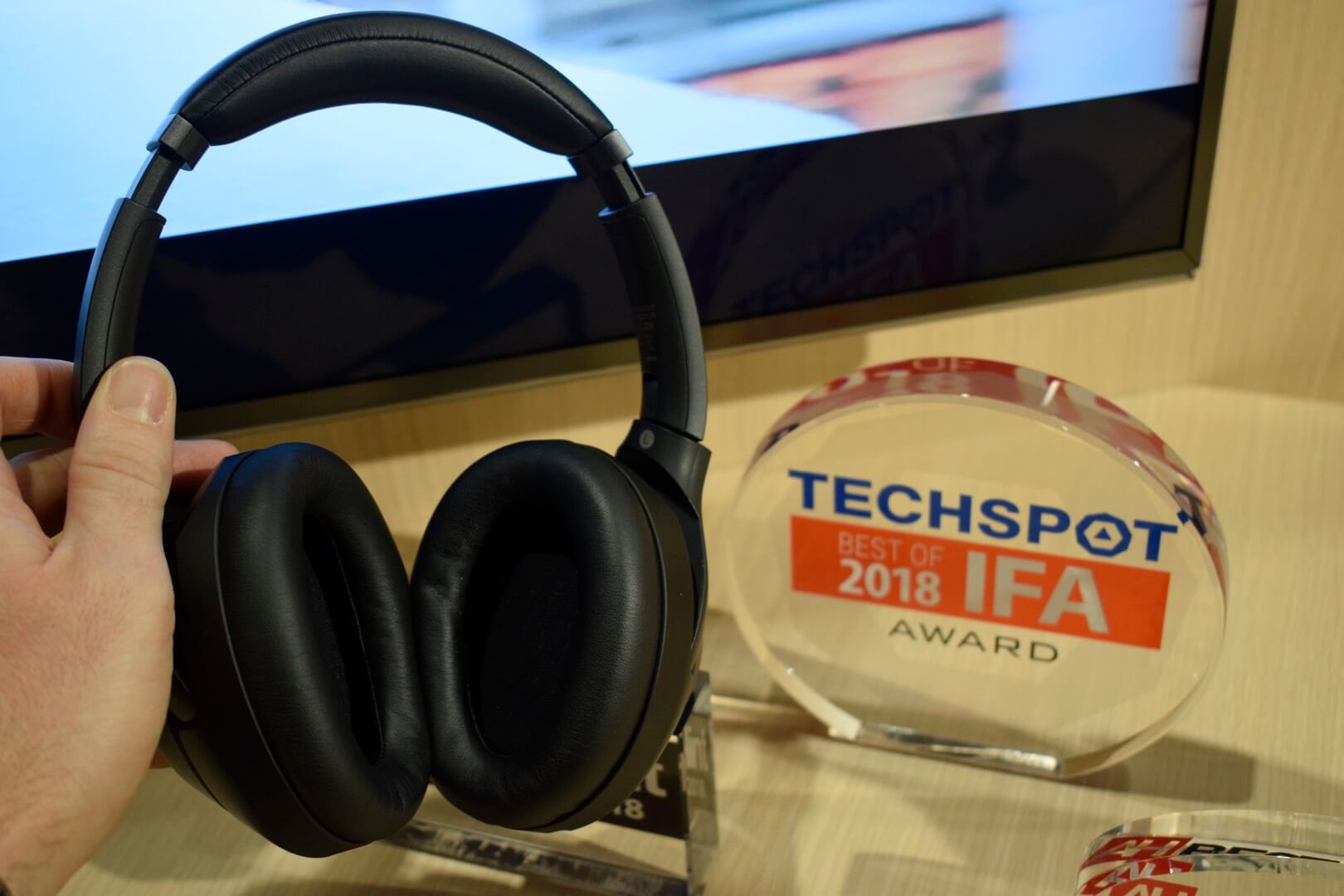
Sony's WH-1000XM3 is an update on its last noise-canceling headphones, the WH-1000XM2. While they do look similar, the latest model includes the new QN1 processor, which the company says offers four times the processing power over the last generation.
Not only does this set of cans look good, but they also feel great. Lighter and more comfortable, they're perfect for hours of use. With the noise of hundreds of machines and thousands of people, IFA is a cacophony of sounds, but that all faded away to near total silence when the headphones' active noise cancellation (ANC) feature was activated. Combined with the demo music tracks, which showed off some awesome audio qualities, it genuinely felt like I'd been transported somewhere else.
There are a slew of different noise-canceling modes and profiles that can be used in difference scenarios, and the app uses a phone's accelerometer to alter the ANC mode depending on what you're doing.
The WH-1000XM3 also boasts 40mm drivers, NFC, USB Type-C charging, Bluetooth 4.2, a 40-hour battery life, a 4-hour charging cycle, and Google Assistant support. But those looks and fancy tech don't come cheap: the headphones will cost $350 when released later this month. It seems that if you want the best, you'll have to pay for it.
Lenovo ThinkPad X1 Extreme
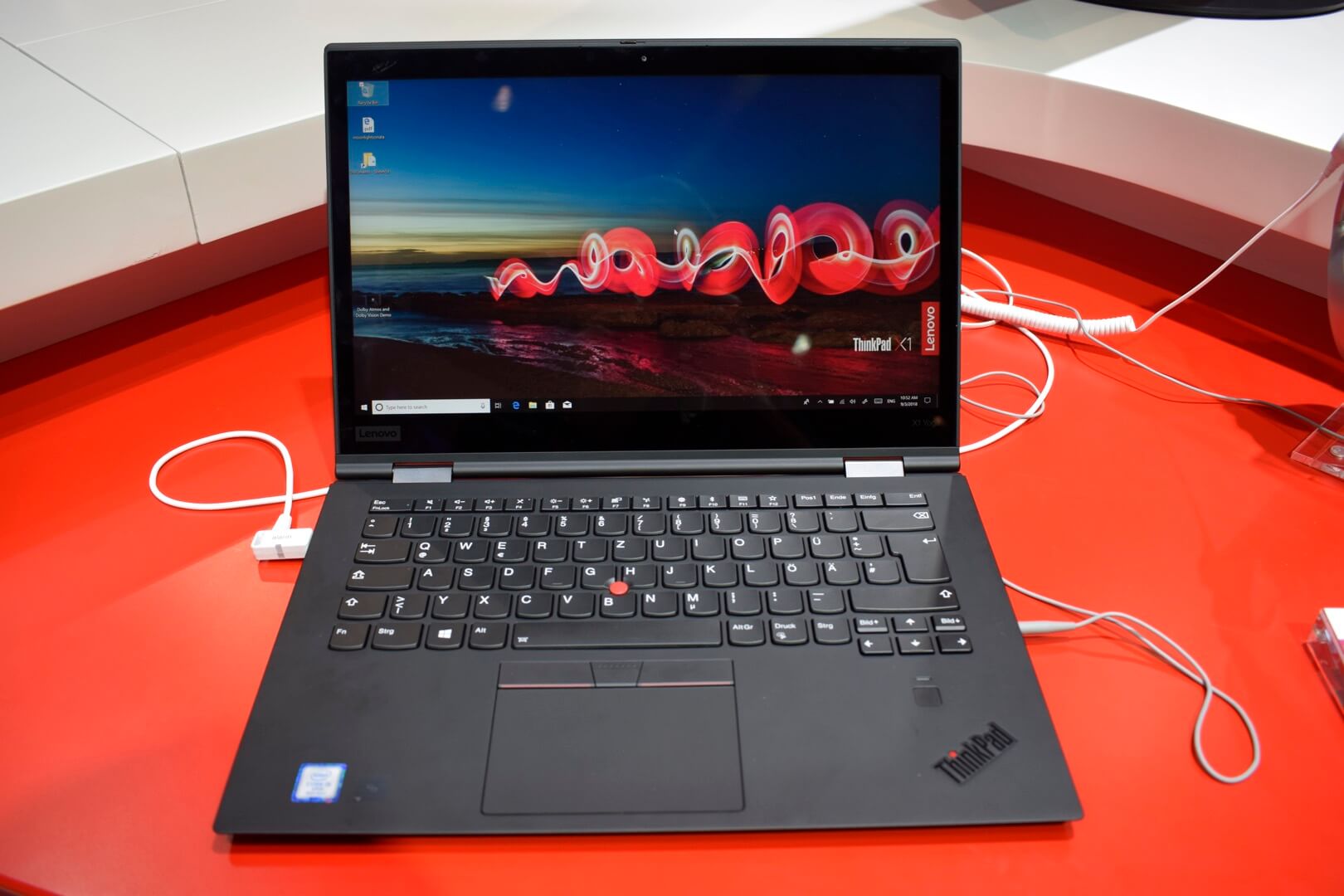
There are two things you'll find plenty of at IFA: televisions and laptops. Making a product that stands out in either category isn't easy, but Lenovo managed to do it twice with its new Yoga Book and ThinkPad X1 Extreme.
With this machine, Lenovo has managed to throw several qualities into the mix. It's a 15.6-inch laptop that weighs just 3.75 pounds. It can be specced up to a Core i7 processor (or an i9, come December), up to 64GB of DDR4 RAM, and up to 2TB of PCIe SSD storage using two devices with Raid 0/1. And you even get a MaxQ version of the GeForce 1050 Ti for playing games on the FHD IPS touchscreen display or the 4K IPS HDR touchscreen.
Lenovo says its 80 WHr battery is good for up to 15 hours of use and can charge up to 80 percent in just one hour. You also get a fingerprint reader, a Windows Hello camera that can be covered up, two Thunderbolt 3 compatible ports, an HDMI 2.0 port, a fingerprint reader, and much more. On a side note, I found the keyboard to be especially satisfying for typing. The Thinkpad X1 Extreme will start at $1859.99 when released later this month.
Samsung CJ79 QLED Thunderbolt Monitor
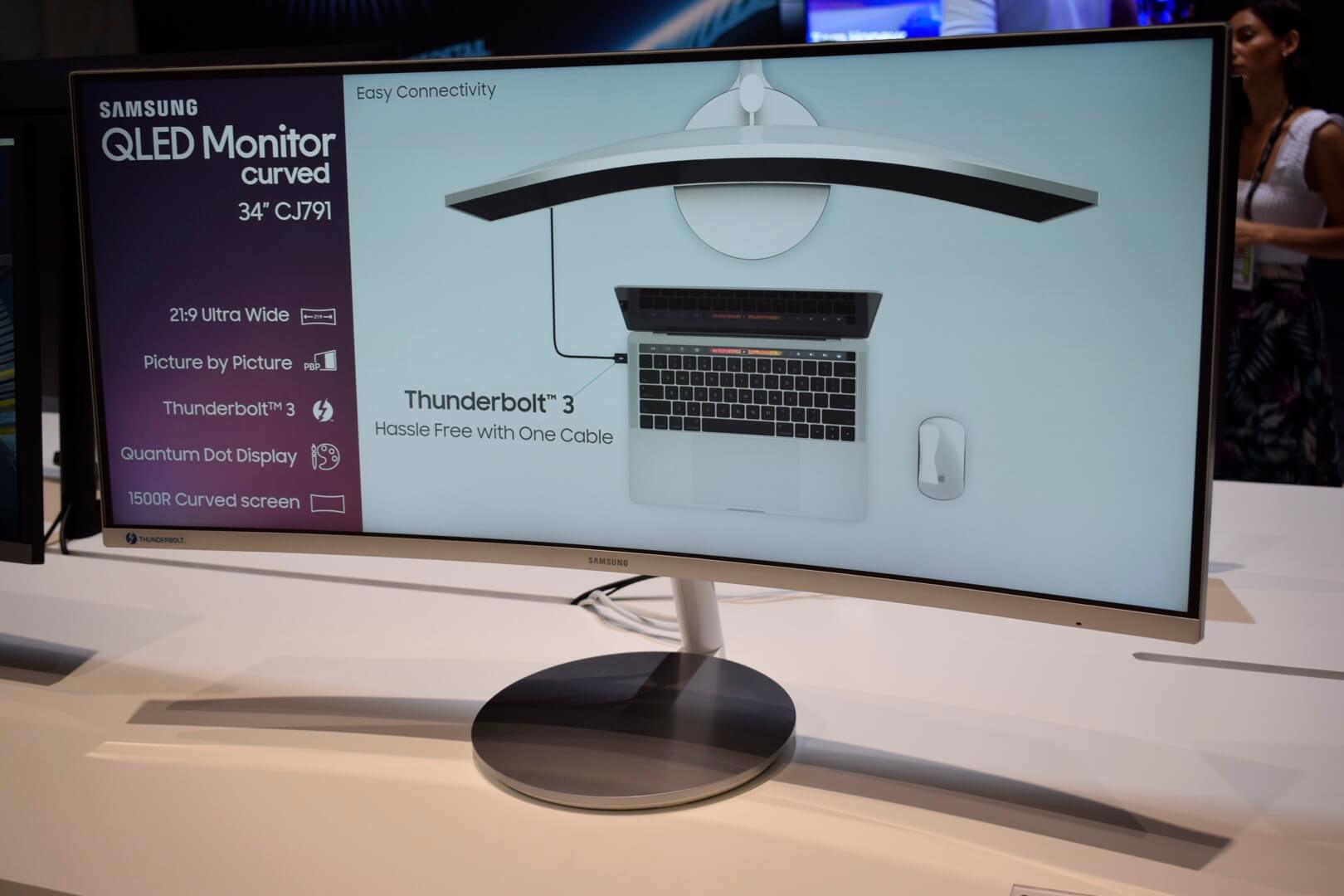
Monitors were another product you could find in abundance at IFA, with some excellent devices on show from the likes of Acer and LG, but Samsung's CJ79 was so feature-packed that it stood out from the crowd.
This 34-inch ultrawidescreen (21:9) VA panel boasts a 3440 x 1440 resolution and, like some of Samsung's other gaming monitors, uses the quantum dot technology that's popular in its TVs. This allows the CJ79 to reach 125 percent sRGB coverage and have a 3000:1 contrast ratio.
But the flagship feature here is that it comes equipped with Thunderbolt 3 support - the first QLED curved monitor to do so. The two ports can transmit display, data and power at up to 40 Gbps and simultaneously charges devices up to 85W using a single cable.
As this is a gaming monitor, it also comes with a 100Hz refresh rate, a 4ms response time, and FreeSync - yes, G-Sync would likely have been more appreciated, admittedly. Seeing it in person, the CJ79 looks stunning, a perfect mix of style and function with a great picture to boot. It will be available in the US soon priced at $900.
Huawei Kirin 980 processor
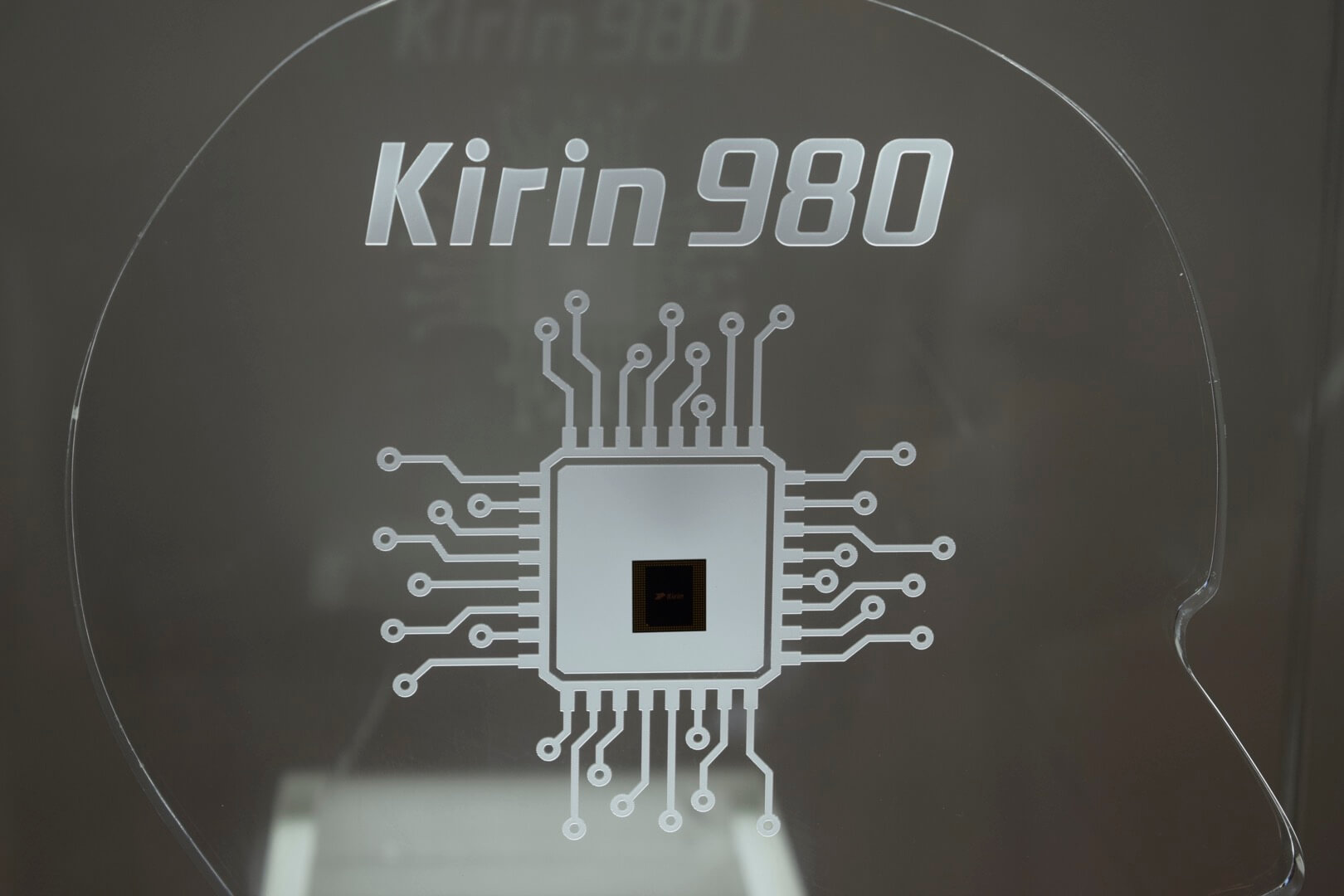
It's unusual for a CPU to be named as an IFA pick but Huawei's Kirin 980 is something special, not least because it's the world's first 7nm mobile CPU, beating Qualcomm to the post. The eight-core chip is based on ARM's Cortex-A76 CPU and Mali-G76 GPU. It comes with a Cat.21 modem and is the first mobile SoC to support 2,133MHz LPDDR4X RAM. It also brings the fastest Wi-Fi for smartphones (1732Mbps).
At IFA, Huawei was really pushing the Kirin 980's AI smarts, with plenty of artificial intelligence benchmarks running on big screens. Thanks to the two NPUs (neural processor unit), one more than the 970, it leaves the Snapdragon 845 and Apple's A11 behind in AI image-recognition tasks. It also features faster camera processing and better power efficiency, and, compared to Qualcomm's latest chip, has 20 percent more memory bandwidth with 22 percent less latency.
Huawei's own Mate 20 phone is set to become the first Kirin 980-equipped device when it launches in October.
Sony Xperia XZ3 Android Smartphone
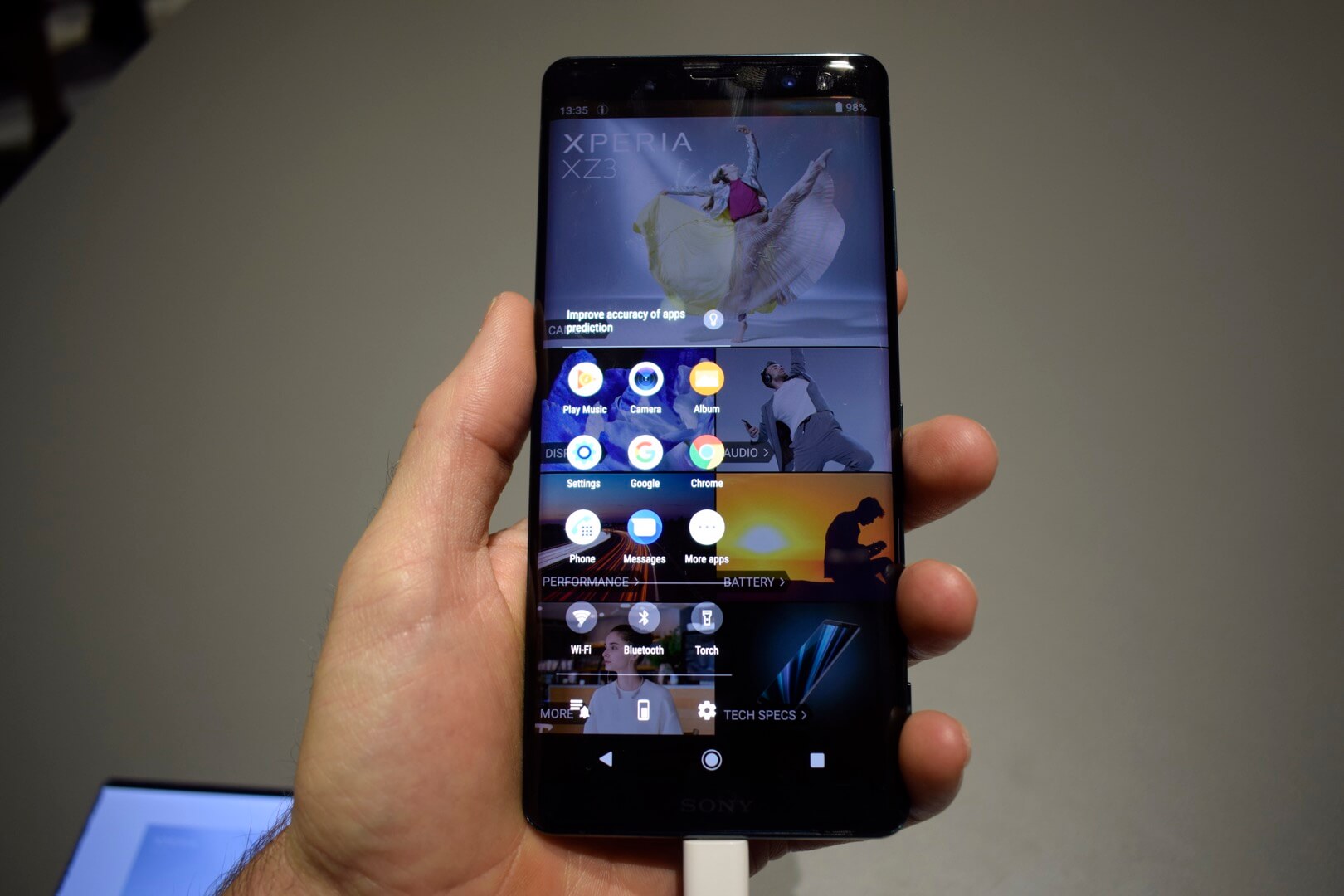
There weren't a whole lot of new standout phones at IFA, so Sony's Xperia XZ3 was a clear winner in the handset stakes. The XZ3 does look a lot like its predecessor, but that's now almost expected in the phone industry. Sony moved away from thick bezels and boxy looks with Xperia XZ2, and the new device does feel nice in the hand.
It's the company's first OLED handset, and the size has been bumped to 6 inches with a 2880 x 1440, 18:9 display. Unlike with the XZ2 Premium, Sony is sticking to just the one rear camera instead of two. It also remains in the same camp as Samsung when it comes to Android notches - no cutouts here.
The XZ2's 19MP rear camera is imported over, but the front-facing snapper is now a 13MP variety. And it seems Sony is another company putting its faith in AI, with its Side Sense menu - accessed by tapping the side of the phone - offering apps it thinks you might want to open based on location, day, time, and frequency of use.
The Xperia XZ3 also features wireless charging, a Snapdragon 845, Android 9.0 Pie, 4GB RAM, 64GB storage, microSD card support, and a 3300mAh battery. It will be available in October for $900.
Casio Pro Trek WSD-F30
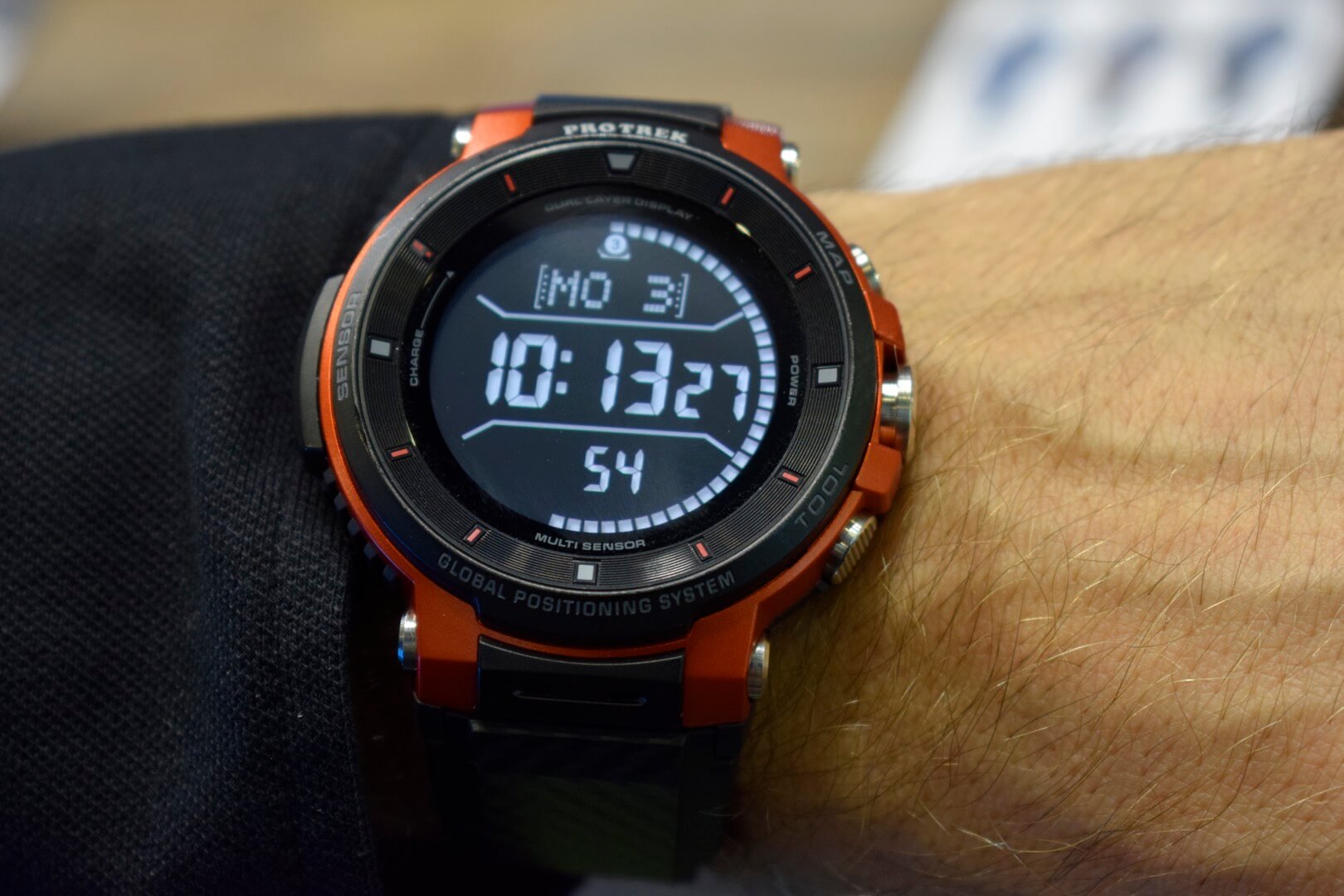
Smartwatches are dead, according to some people. But it seems nobody told the slew of companies at IFA who were showing off plenty of wearables, the most impressive being Casio's Pro Trek WSD-F30.
One thing that differentiates this smartwatch from the others is that it was designed for outdoor use, which means military-grade durability, waterproofing, and buttons that can be operated while wearing gloves. The Pro Trek WSD-F30 runs Google Wear, and while you can use Google Maps when connected to a smartphone, it's possible to download up to five maps with an area of up to 50km for offline use.
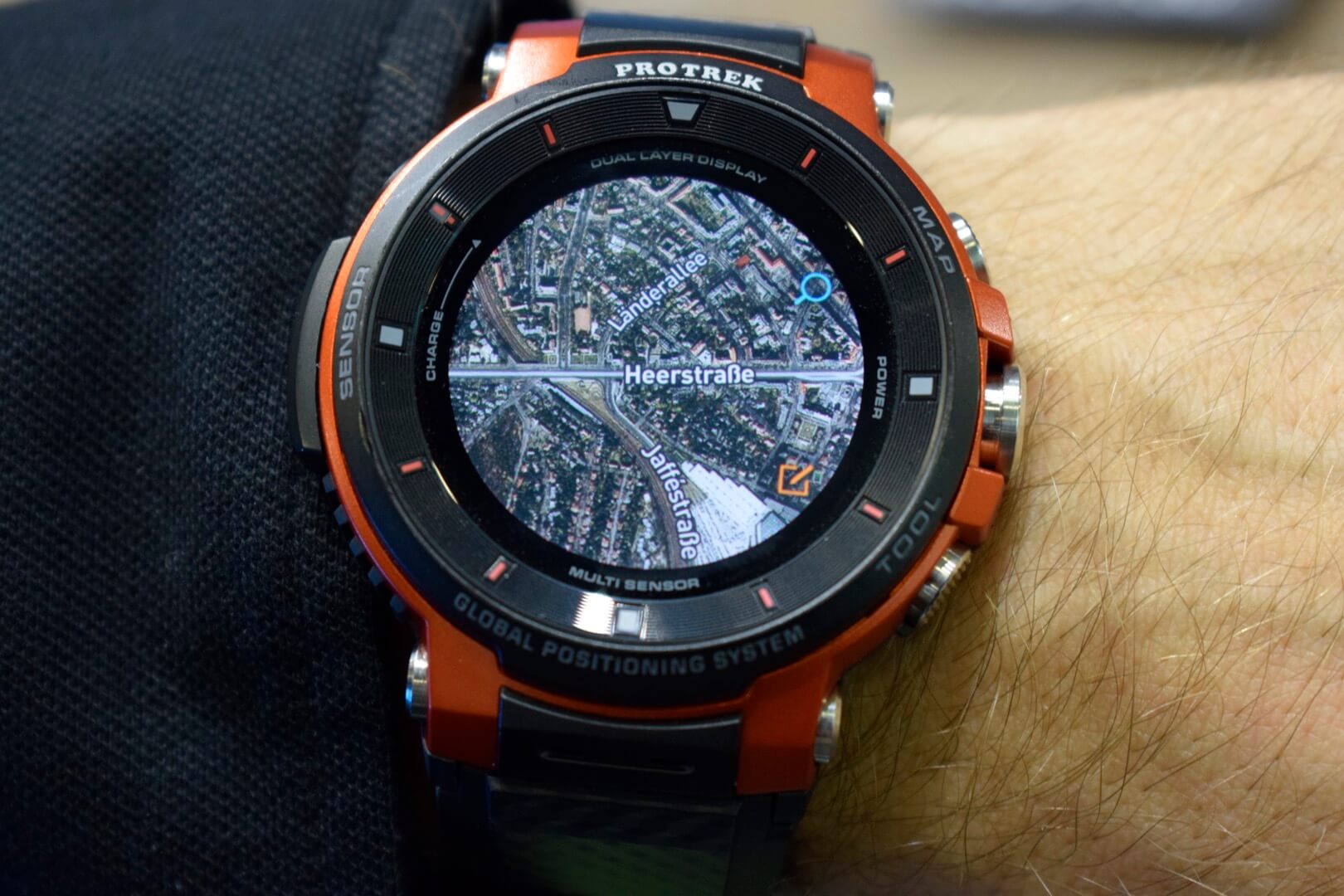
Battery life, often the element that puts many people off smartwatches, can be extended using different modes. Expect a day and a half with all the features enabled - slightly longer than some smartwatches - but extended mode, which uses the offline maps, stretches this to three days. Going into the limited monochrome mode, meanwhile, offers 30 days of use.
Even if you're afraid of facing nature, this smartwatch looks very cool on the wrist and is remarkably comfy, while the 390 x 390 1.2-inch OLED is nice and clear. The big caveat is the price, $550, which may limit its popularity to those who will take full advantage of its outdoors-focused features.
Acer Thronos Gaming Chair

Acer had plenty of gaming-based products on display, but it was an impractical, massive, and no doubt obscenely priced gaming chair/cockpit that gained most of the attention. But to be fair, it does look amazing. For those with three 27-inch monitors and enough spare room and money for the 485-pound, five-foot tall Thronos, it could be the ultimate in unnecessary gaming excess, offering an unparalleled level of immersion.
The chair is motorized, allowing it to recline to 140 degrees. It also rumbles in time with the games that are being played. By hitting the buttons on the chair, users are encased by the overhanging arm, which is covered in Predator LEDs, and the keyboard/mouse desk. The process feels very futuristic and sci-fi-like.
The Thronos will certainly be the least popular item on this list in terms of sales, but it still had one of the biggest wow factors of any IFA exhibit.
本文地址:http://www.signalforexgratis.com/column/22/
版权声明
本文仅代表作者观点,不代表本站立场。
本文系作者授权发表,未经许可,不得转载。